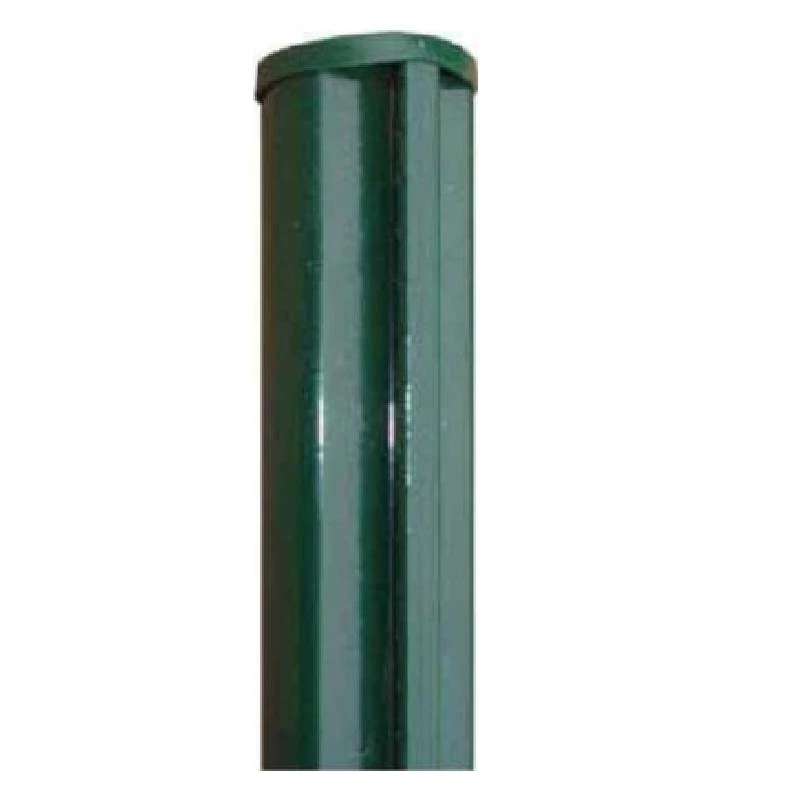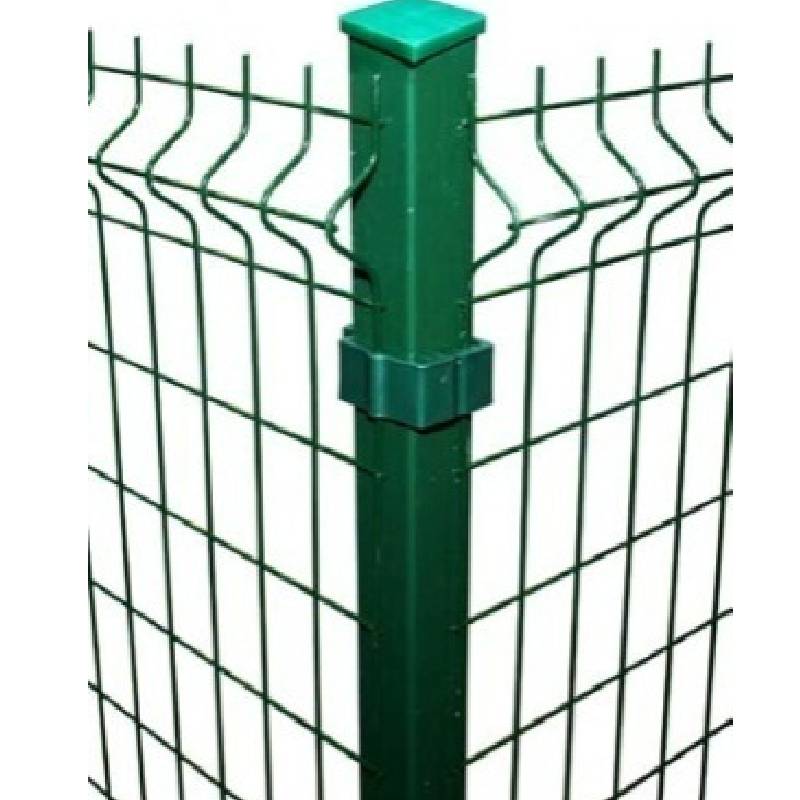-
Correo electrónico:zhao@hyliec.cn
-
Teléfono:+86 311 85273988
-
WhatsApp:8613931128750
-
 africano
africano -
 albanés
albanés -
 amárico
amárico -
 Arábica
Arábica -
 armenio
armenio -
 azerbaiyano
azerbaiyano -
 vasco
vasco -
 bielorruso
bielorruso -
 bengalí
bengalí -
 bosnio
bosnio -
 búlgaro
búlgaro -
 catalán
catalán -
 cebuano
cebuano -
 corso
corso -
 croata
croata -
 checo
checo -
 danés
danés -
 Holandés
Holandés -
 Inglés
Inglés -
 esperanto
esperanto -
 estonio
estonio -
 finlandés
finlandés -
 Francés
Francés -
 frisio
frisio -
 gallego
gallego -
 georgiano
georgiano -
 Alemán
Alemán -
 Griego
Griego -
 gujarati
gujarati -
 criollo haitiano
criollo haitiano -
 hausa
hausa -
 hawaiano
hawaiano -
 hebreo
hebreo -
 No
No -
 Miao
Miao -
 húngaro
húngaro -
 islandés
islandés -
 igbo
igbo -
 indonesio
indonesio -
 irlandesa
irlandesa -
 italiano
italiano -
 japonés
japonés -
 javanés
javanés -
 canarés
canarés -
 kazajo
kazajo -
 jemer
jemer -
 ruandés
ruandés -
 coreano
coreano -
 kurdo
kurdo -
 Kirguistán
Kirguistán -
 tuberculosis
tuberculosis -
 latín
latín -
 letón
letón -
 lituano
lituano -
 luxemburgués
luxemburgués -
 macedónio
macedónio -
 Malgashi
Malgashi -
 malayo
malayo -
 malayalam
malayalam -
 maltés
maltés -
 maorí
maorí -
 marathi
marathi -
 mongol
mongol -
 Birmania
Birmania -
 nepalí
nepalí -
 noruego
noruego -
 noruego
noruego -
 occitano
occitano -
 pastún
pastún -
 persa
persa -
 Polaco
Polaco -
 portugués
portugués -
 punjabi
punjabi -
 rumano
rumano -
 ruso
ruso -
 samoano
samoano -
 gaélico escocés
gaélico escocés -
 serbio
serbio -
 Inglés
Inglés -
 Shona
Shona -
 Sindhi
Sindhi -
 cingalés
cingalés -
 eslovaco
eslovaco -
 esloveno
esloveno -
 somalí
somalí -
 Español
Español -
 sundanés
sundanés -
 swahili
swahili -
 sueco
sueco -
 tagalo
tagalo -
 tayiko
tayiko -
 Tamil
Tamil -
 tártaro
tártaro -
 telugu
telugu -
 tailandés
tailandés -
 turco
turco -
 turcomano
turcomano -
 ucranio
ucranio -
 urdu
urdu -
 uigur
uigur -
 uzbeko
uzbeko -
 vietnamita
vietnamita -
 galés
galés -
 Ayuda
Ayuda -
 yídish
yídish -
 Yoruba
Yoruba -
 zulú
zulú
Poste de cercado
What Type Of Fence Post Is Best?
The best type of fence post depends on various factors such as the type of fence, local climate, soil conditions, and personal preferences. Common options for fence posts include:
1. Round steel posts: Round steel posts are a traditional and versatile choice, suitable for various fence types. They can be treated to resist rot and decay, but may require maintenance over time.
2. Square steel posts and rabbet posts offer durability and strength, making them suitable for supporting heavy or high-security fences. They are resistant to rot and insect damage.
3. Steel round posts/ square posts/ rabbet with base plate: They are suitable to install on the concrete ground, and fixed by concrete nails.
What Size Is A Fence Post?
Fence posts come in various sizes, typically having Φ32 Φ34 Φ38 Φ48 Φ60 Φ80 for round steel posts and 40x40 60x60 40x60 60x60 80x80 100x100 etc for square tube posts in dimension. The specific size of a fence post depends on the type of fence being installed, the height and weight of the fence panels, and the local building codes or regulations. It's important to select the appropriate size of fence post to ensure stability and structural integrity for the specific fencing project. Consulting with a professional or referring to local building codes can provide guidance on the recommended size of fence posts for a particular application.
Fence Post FAQ:
What type of fence post is best?
The best type of fence post depends on various factors such as the type of fence, local climate, soil conditions, and personal preferences. Common options for fence posts include round steel posts, square steel posts and rabbet steel posts, posts with base plate or without base plate. Each type has its own advantages and considerations, so it's important to choose the most suitable option based on the specific requirements of the fence project.
What size is a fence post?
Fence posts come in various sizes, typically typically having Φ32 Φ34 Φ38 Φ48 Φ60 Φ80 for round steel posts and 40x40 60x60 40x60 60x60 80x80 100x100 etc for square tube posts in dimension. The specific size of a fence post depends on the type of fence being installed, the height and weight of the fence panels, and local building codes or regulations. It's important to select the appropriate size of fence post to ensure stability and structural integrity for the specific fencing project.
How to install a panel fence?
Paneling a fence involves several steps, including measuring and planning, installing the posts, attaching the panels, adding finishing touches, and performing regular maintenance. It's important to follow the manufacturer's instructions and local building codes when paneling a fence to ensure proper installation and compliance with regulations. If in doubt, it's advisable to consult with a professional or seek guidance from experienced individuals.






